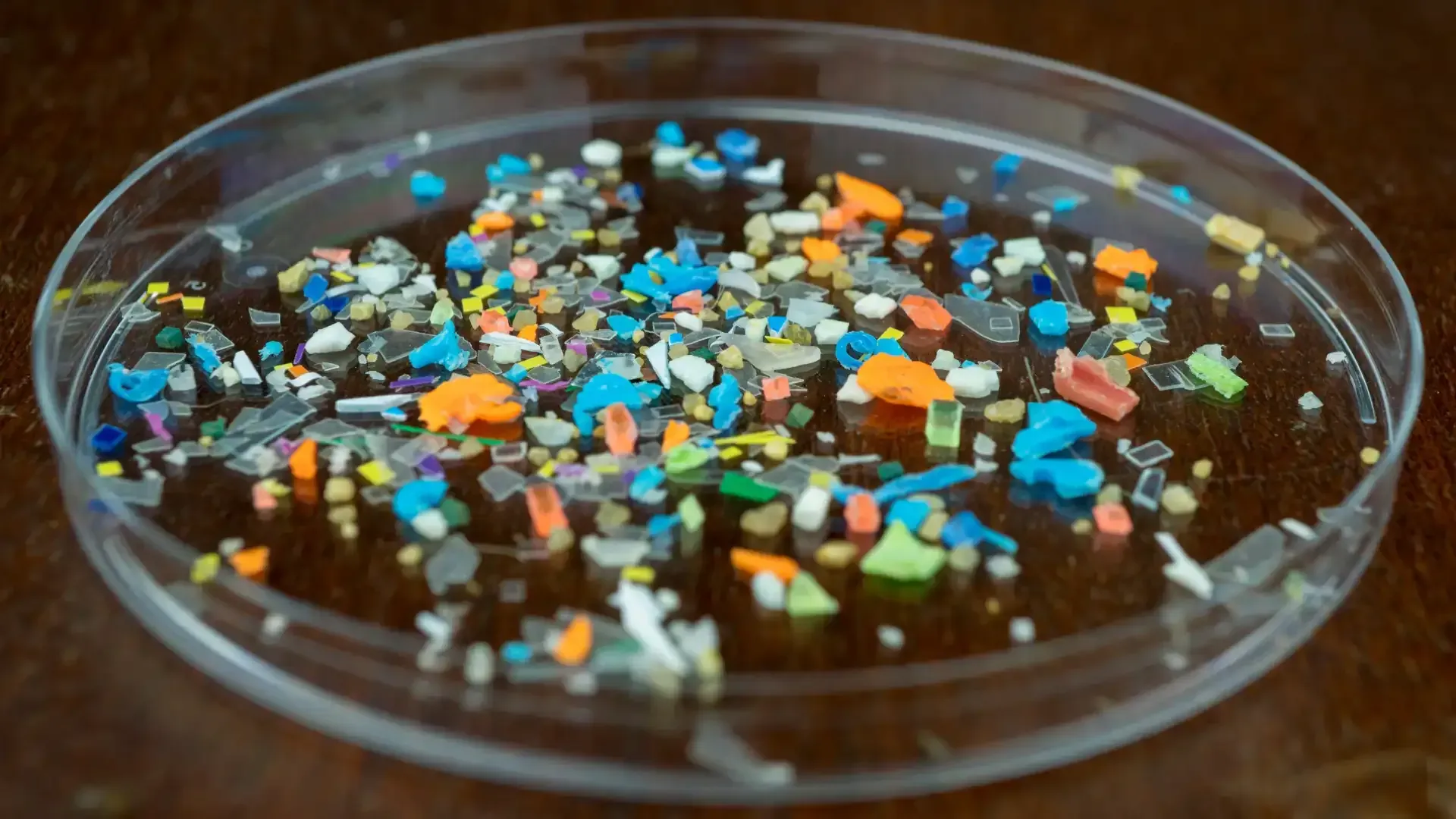

Microplastics Mayhem
The hidden hazards we face in everyday protection.
Learn about the impact of microplastics and our commitment to safer alternatives.



Microplastics Mayhem
The hidden hazards we face in everyday protection.
Learn about the impact of microplastics and our commitment to safer alternatives.
